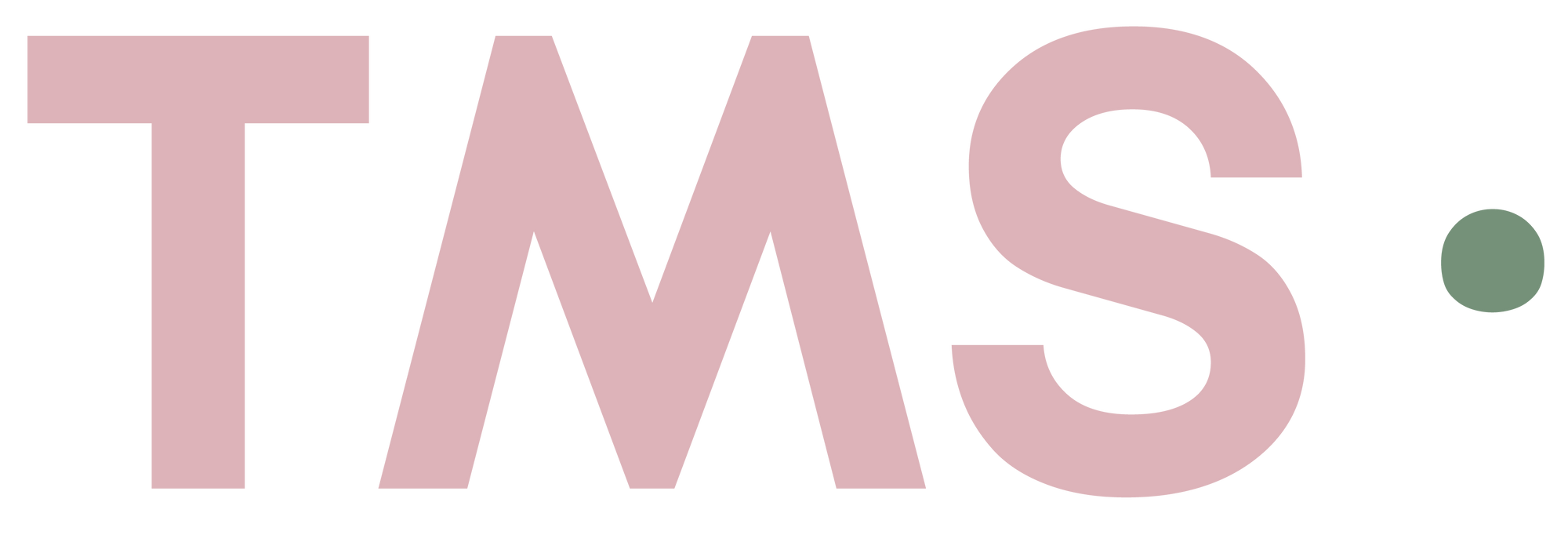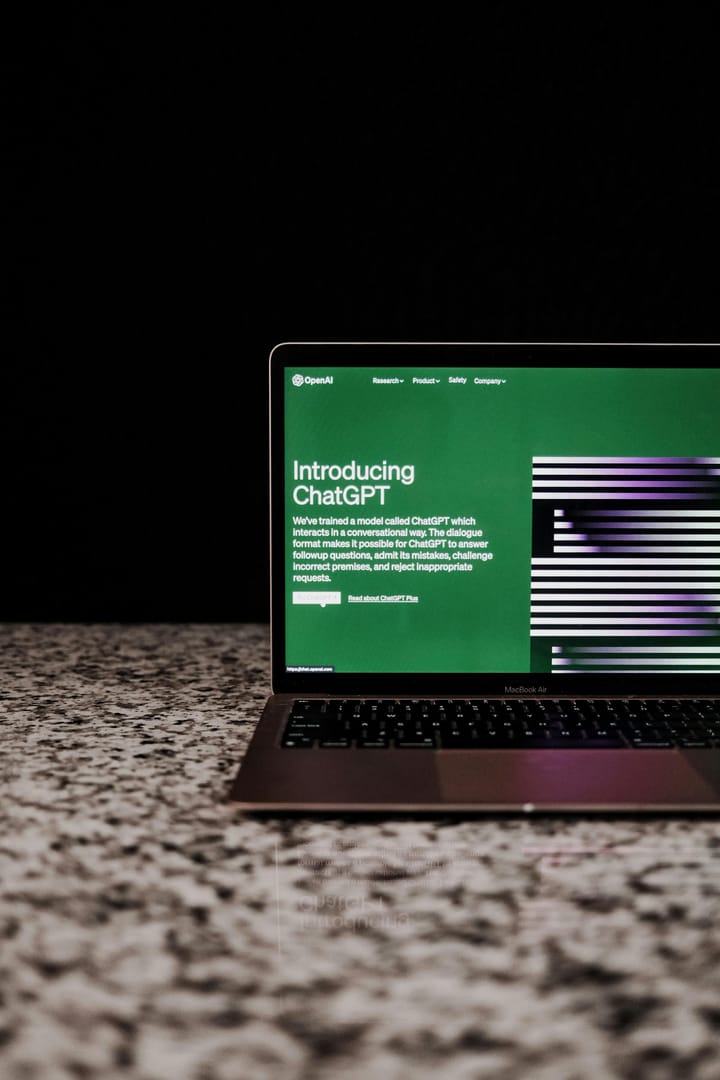How to stay on top of responding to emails

A few minutes every morning is all you need.
Stay up to date on the world's Headlines and Human Stories. It's fun, it's factual, it's fluff-free.
Responding to emails is something most of us have to do. Even when we’re not at work, emails come in from friends, family members and acquaintances – and most are expecting a response from you. But, more often than not, responding to emails can feel like a chore.
When considering all of the different ways we correspond, email is perhaps the most confounding. People don’t mind sending text messages these days the way they seem to hate sending emails, and paper mail undoubtedly isn’t as popular as it once was.
Finding the right tone, answering promptly and remembering to attach the correct documents can be a lot. Plus, the neverending email threads that we can find ourselves stuck in can make our online inboxes a bit of a minefield.
Why do so many people hate working with their email when it was initially invented to make our lives and jobs easier? We spoke with entrepreneur and tech businessperson Bishal Biswas, chief executive officer of Word Finder, to get more insight into this topic and to help us figure out what to do about it.
What’s wrong with email?
There are different facets to using email contributing to ill feelings. For instance, studies have shown that an overflowing inbox of unread messages can be a major source of stress, with constant notifications even causing increased anxiety for some people.
Sending emails has also been shown to be anxiety-inducing for some people. In this case, this anxiety is related to feeling a lack of control over our surroundings, as we don’t have control over when and how we will receive responses. Other digital means of communication have gotten us used to almost-immediate responses, from direct messaging on social media to text messaging.
Additionally, seeing the number on your inbox rise higher can be overwhelming. It can feel like a chore because we see it as something extra to manage on top of everyday activities. On top of using Slack or another messaging service to speak with colleagues and clients, email is also expected to be attended to regularly. “The most common reason people dislike emails and view responding to them as a chore is that they are bombarded with emails daily,” says Biswas.
“As soon as you get to work in the morning, you have to answer multiple emails before doing anything else,” Biswas explains. “Your inbox is constantly being replenished. This typically takes away from the sense of achievement you feel upon completion of a task because as soon as you complete one chore, another pops up through an email.”
How to stay on top of your email organization
Email isn’t going away any time soon. So, we have to learn how to like it or at least how to use it effectively. Pinpointing what makes you most stressed about emails is a great place to start. From there, you can work on how to solve these issues.
If waiting for a response gives you anxiety, there are several things you can do to cope. For one, specify the timeline you’re working with so that the person you’re emailing will know your deadline and when you require their response. Along that same line, you can also track your emails and see if they’ve been opened or forwarded to others. Applications like Yesware, Mailtrack and SalesHandy are helpful for this purpose.
Moreover, there are ways to sort through your inbox to help cut down on your time responding to emails. “In my view, the best way to get past this frustration with emails is by using the ‘two-minute rule,’” Biswas advises. “Whenever you get an email, open it and start reading. If the mail takes less than two minutes to read and reply to, you should take care of it immediately, even if it’s not high-priority mail. If it takes longer than two minutes, highlight or star that email and respond to it later, except if it is critical to respond straight away.”
Answering what you can in a short amount of time allows you to reduce your list of pending emails and prioritize other work. It also gives you time to write appropriate responses for more complex emails.
If it’s composing an email that gives you the most anxiety, there are other ways of reducing this stress. It’s best to err on the side of formality if you’re unsure of the best tone for your email. You can also mimic the tone of the original email in your reply. Just swap out the greetings and closings as needed. Just keep in mind that overthinking it could lead to a longer response time and even more stress.
Turn off your email notifications when you’re not working or not on your laptop. Part of managing your stress is maintaining a healthy work-life balance. If you don’t have to work, keep work out of sight.
Responding to emails is essential when someone depends on your reply, but setting boundaries is one way to ensure you keep your working hours in balance with your time off. So unless you’re expecting an urgent email outside of working hours, turn off those notifications until it’s time to work again.
Have a tip or story? Get in touch with our reporters at tips@themilsource.com




Comments ()